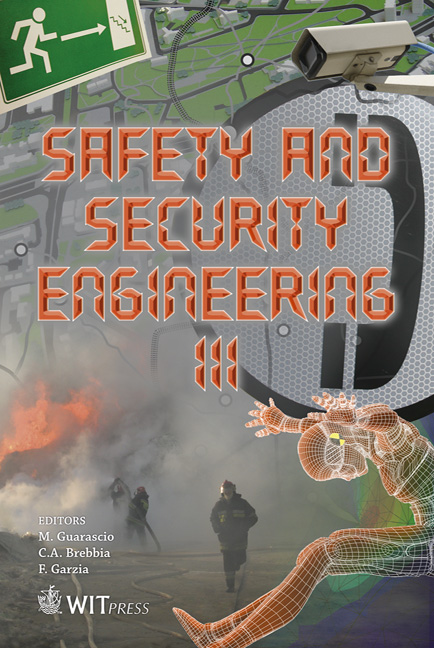Risk Assessment From The Oil Waste Disposal In Deep Wells
Price
Free (open access)
Transaction
Volume
108
Pages
9
Page Range
185 - 193
Published
2009
Size
7,265 kb
Paper DOI
10.2495/SAFE090181
Copyright
WIT Press
Author(s)
R. Andričević, H. Gotovac, M. Lončar & V. Srzić
Abstract
In this paper we present the risk assessment analysis of oil waste disposal in deep wells. Oil waste disposal is analyzed in the oil field Žutica (Croatia) at an injection depth of around 2000 m. The risk assessment analysis is based on the flow and transport of injected oil waste using stochastic Monte-Carlo numerical simulations through a heterogeneous injection zone, which consists of low permeable marl and high permeable sandstone zones. The injection zone is bounded by low permeable marl zones, which decrease vertical spreading of the injected oil waste and considerably reduce risk. Risk assessment is defined by exceeding risk, which is the probability that injected oil waste passes through the selected cross section or important surface aquifers. Results show that exceeding risk is a very low or practically negligible, pr=10-3 for period t=100 year at depth of Z=1850 m and pr=10-47 for period t=10000 year at depth of Z=500 m (surface aquifers), which confirms the safety and reliability of the presented oil waste disposal methodology. Keywords: risk assessment, oil waste disposal, flow and transport analysis, subsurface hydrology, Monte-Carlo simulations, exceeding risk, heterogeneity.
Keywords
risk assessment, oil waste disposal, flow and transport analysis, subsurface hydrology, Monte-Carlo simulations, exceeding risk, heterogeneity





